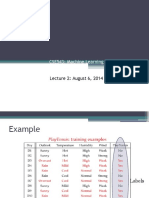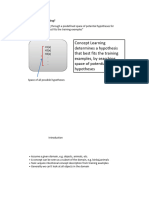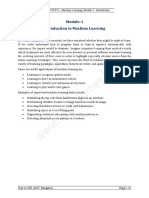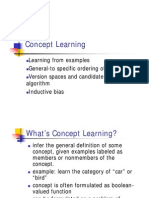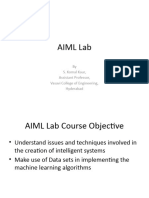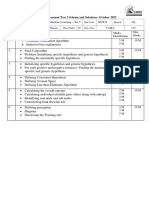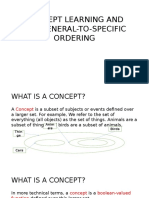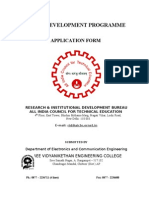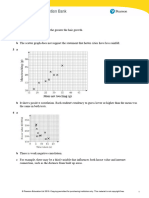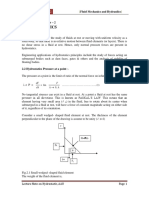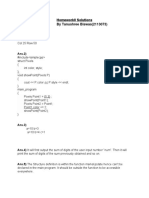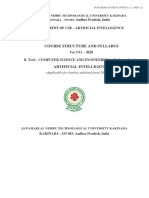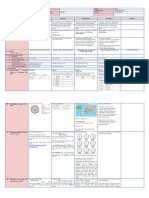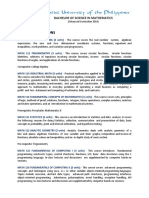0% found this document useful (0 votes)
35 views12 pagesML LAB Task-1 Task-2 Notes
The document discusses concept learning, which involves inferring a Boolean-valued function from training examples. It describes the process of learning a target concept, such as predicting enjoyment of a water sport based on various weather attributes, and introduces algorithms like FIND-S and CANDIDATE-ELIMINATION for hypothesis generation and refinement. The goal is to find a hypothesis that accurately classifies instances as positive or negative based on the training data.
Uploaded by
andrajub4uCopyright
© © All Rights Reserved
We take content rights seriously. If you suspect this is your content, claim it here.
Available Formats
Download as PDF, TXT or read online on Scribd
0% found this document useful (0 votes)
35 views12 pagesML LAB Task-1 Task-2 Notes
The document discusses concept learning, which involves inferring a Boolean-valued function from training examples. It describes the process of learning a target concept, such as predicting enjoyment of a water sport based on various weather attributes, and introduces algorithms like FIND-S and CANDIDATE-ELIMINATION for hypothesis generation and refinement. The goal is to find a hypothesis that accurately classifies instances as positive or negative based on the training data.
Uploaded by
andrajub4uCopyright
© © All Rights Reserved
We take content rights seriously. If you suspect this is your content, claim it here.
Available Formats
Download as PDF, TXT or read online on Scribd
/ 12









